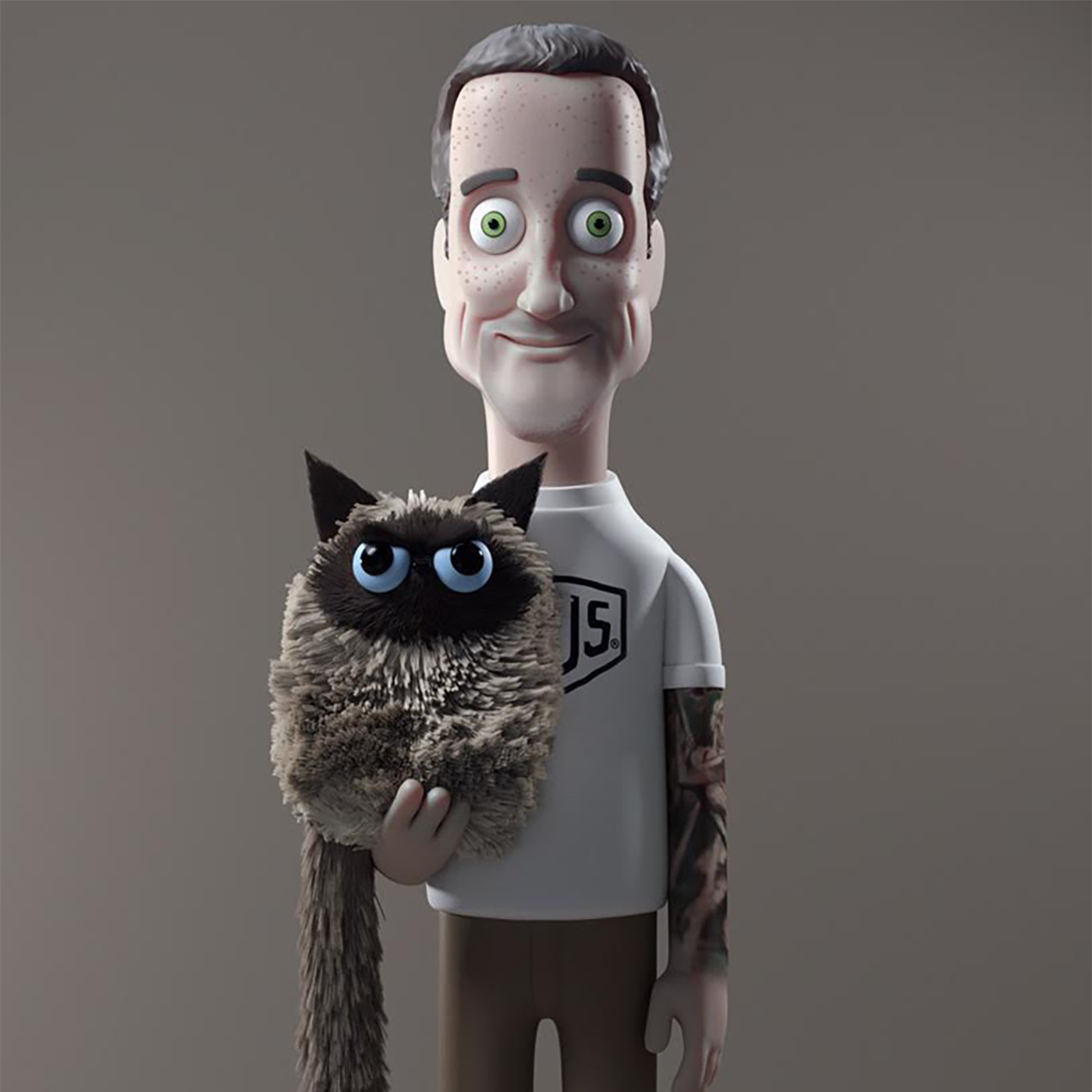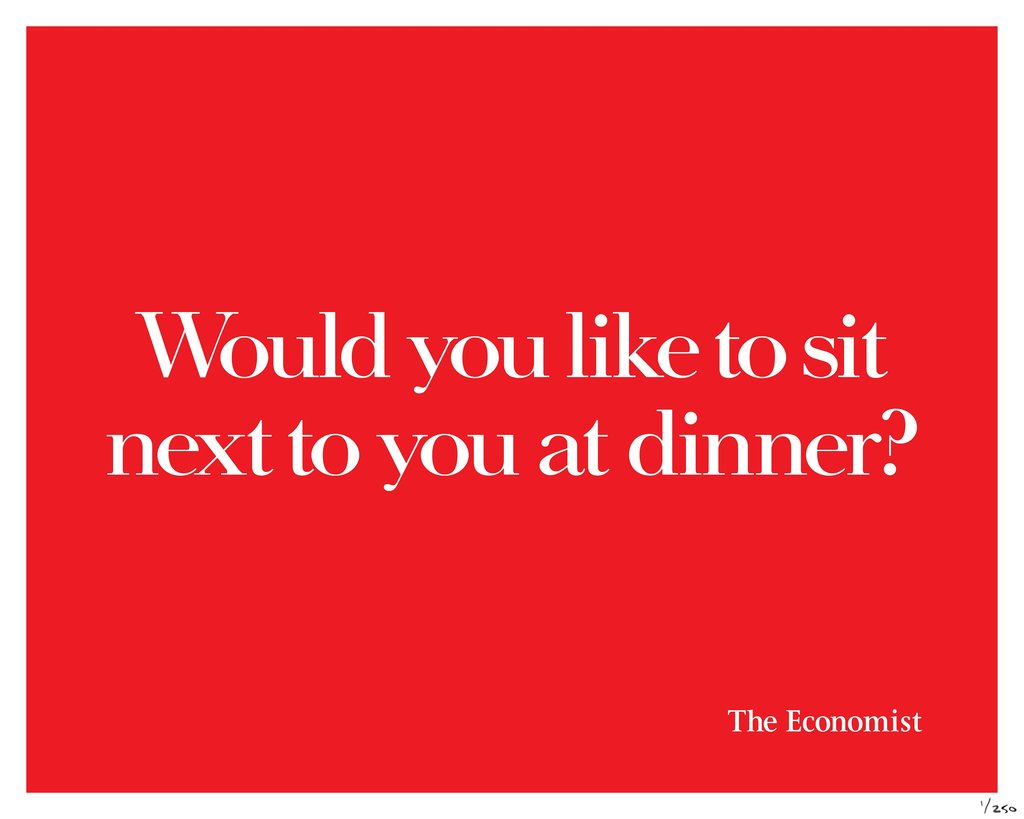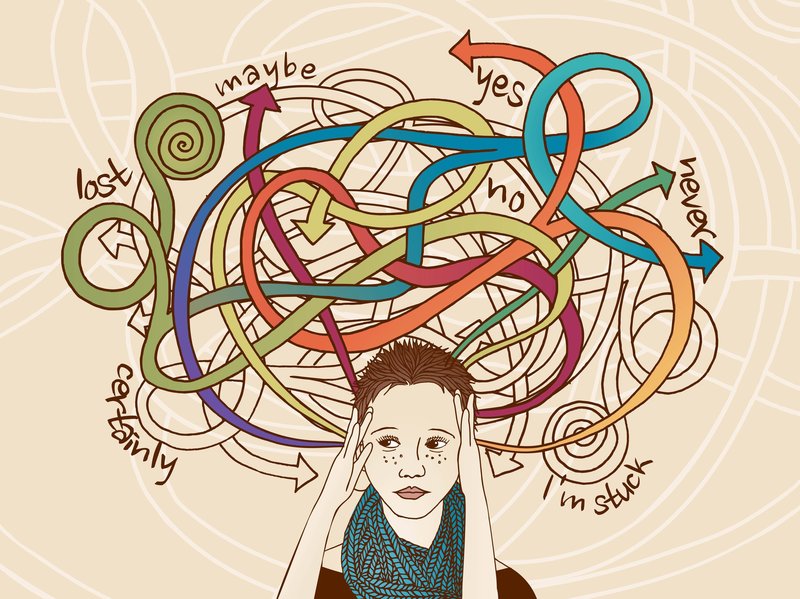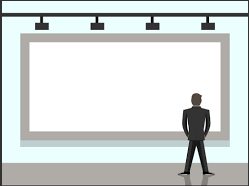ITIAPTWC Episode 68 – Anthony Davis
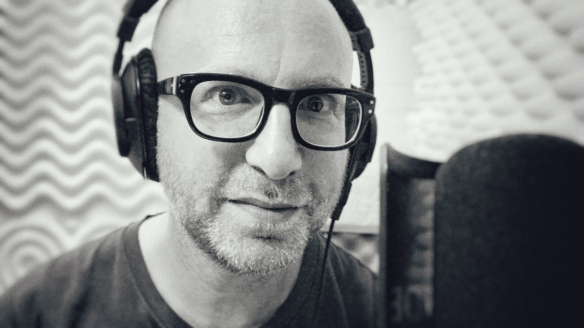
Anthony is many things: comedian, journalist, DJ, presenter, author, pilot, maker of excellent roast potatoes, and, of course my next-door neighbour (find out all about him/hire him here).
But he is also a top-level voiceover artist, who has lent his vocal cords to such clients as Nike, Lego, Samsung, Kellog’s and Disney. Here’s his Nike one (he’s the newsreader):
So I thought it might be a good idea to ask him what it’s like on the other side of the recording booth glass. What’s he thinking when you’re going through those fifty menus, trying to decide between the Yaki Soba and the American Hot? What advice most effectively improves his read? Should you ask him to do an impression of Michael Caine?
We also find out which branch of Pret all the VO artists used as a hangout, how many voices routinely audition for a gig these days, and the difference between actors and professional VOs.
Unsurprisingly it is the best recorded episode I have ever done, and has the most mellifluous voice that isn’t mine.
Here’s the iTunes link, the Soundcloud link and the direct play button.:
